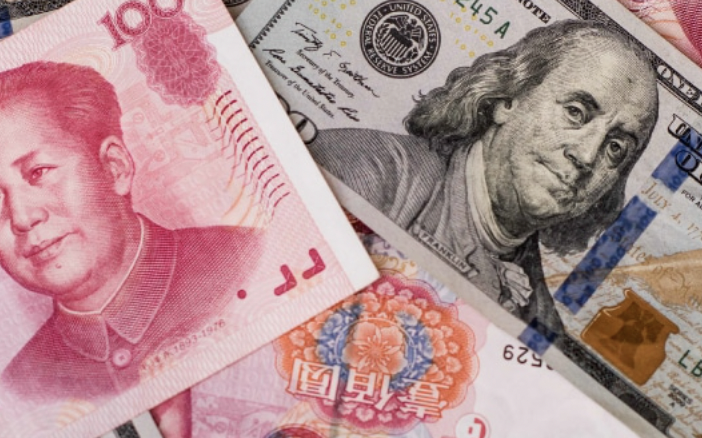USD/CNH climbs over 6.9100 on weaker China PMI, focus on stimulus, and US NFP data
The USD/CNH receives bids to reverse the previous day's losses and oscillates close to a two-year high. China's Caixin Manufacturing PMI contracted in August, tracking official activity figures. The Chinese government will announce the specifics of its stimulus program at the beginning of September. Ahead of major US data, purchasers are optimistic due to the split between the Fed and the PBOC.


After snapping a three-day run to the north on Wednesday, the USD/CNH regains upward momentum during Thursday's Asian session as negative activity data accompanies a risk-off sentiment. However, buyers of the pair are cautious ahead of the anticipated announcement of the Chinese government's stimulus plan.
China's Caixin Manufacturing PMI reached its lowest level in three months, indicating a contraction in activity, with a reading of 49.5, compared to 50.2 expected and 50.4 previously. In doing so, the private manufacturing indicator mirrors the official NBS PMI and reveals the bleak conditions at the largest industrial actor on the planet.
Reuters cites state-run media as quoting China's cabinet as saying that the country will reveal the specifics of a series of newly-announced policy measures at the beginning of September. The cabinet was also quoted as adding that China will direct commercial banks to provide medium- and long-term loans for major projects and equipment upgrades.
China's covid-led lockdowns and increasing tensions with Taiwan also contribute to the pair's strength. Recently, Taiwan's president, Tsai Ing-Wen, stated Taiwan's desire to strengthen its chip sector partnership with the United States.
In addition, robust US Treasury rates and central bankers' assertiveness despite weaker data appear to be driving the USD/CNH exchange rate. In spite of this, US 10-year Treasury rates have reached a two-month high of roughly 3.21 percent, while two-year bond coupons have reached their highest levels since 2007 at around 3.51 percent. At the time of publication, the S&P 500 Futures had down 0.36 percent intraday to 3,930, the lowest level since late July.
US ADP Employment Change increased by 132K on Wednesday, compared to 288K predicted and 270K previously. However, average wage growth in the United States in August was 7.6% y/y, and this kept Fed policymakers hawkish. As reported by Reuters, following the release of the data, the president of the Cleveland Federal Reserve Bank, Loretta Mester, stated on Tuesday that she did not expect the Fed to reduce interest rates in 2019. In addition, the newly appointed president of the Dallas Fed, Lory Logan, joined the ranks of hawkish central bankers by stating, "Restoring price stability is our top objective."
Not only in the United States, but also in the Eurozone and Japan, high inflation figures and hawkish statements from European Central Bank (ECB) and Bank of Japan (BOJ) policymakers illustrate the central bankers' generally hawkish approach.
Ahead of Friday's US Nonfarm Payrolls report, traders may be interested in optimistic news regarding the Chinese stimulus and the US ISM Manufacturing PMI for August, which is predicted to be 52.8 from 52.0 before (NFP).
At press time, USD/CNH retreat remains illusive until a three-week-old support line near 6.8850 is broken. Nevertheless, Monday's multi-month high of 6.9326 appears to be attracting buyers.
Bonus rebate to help investors grow in the trading world!

 English
English














